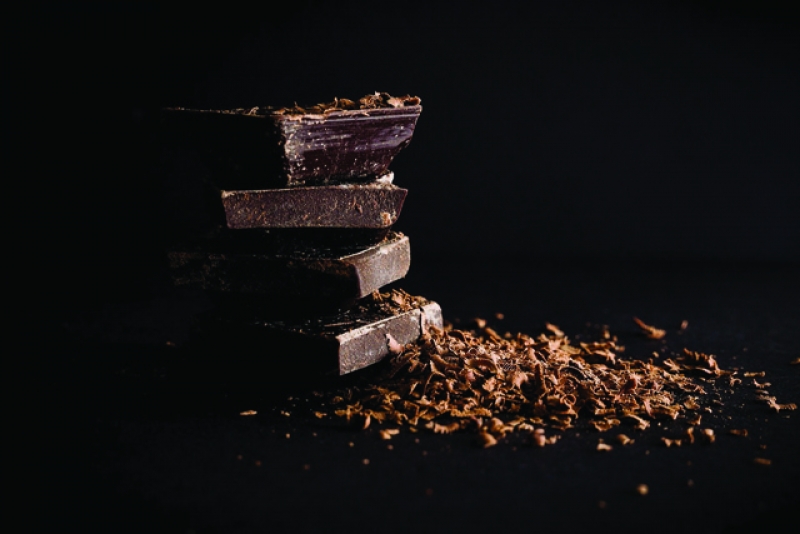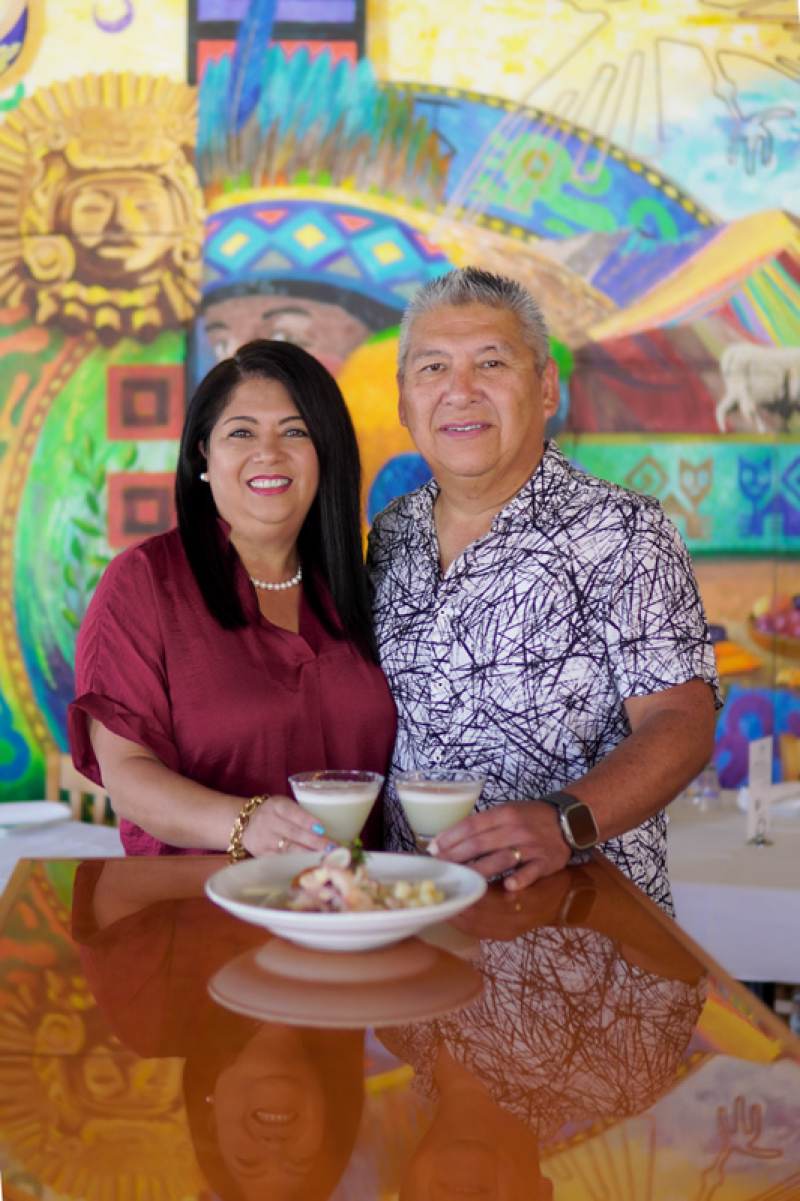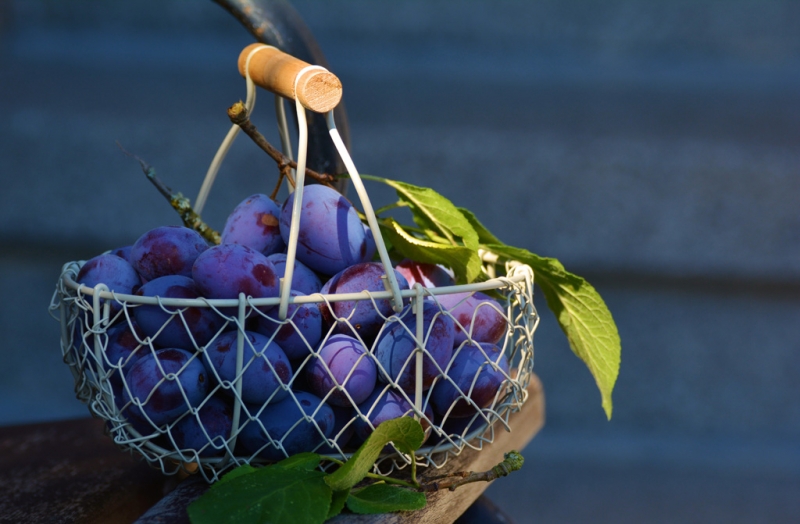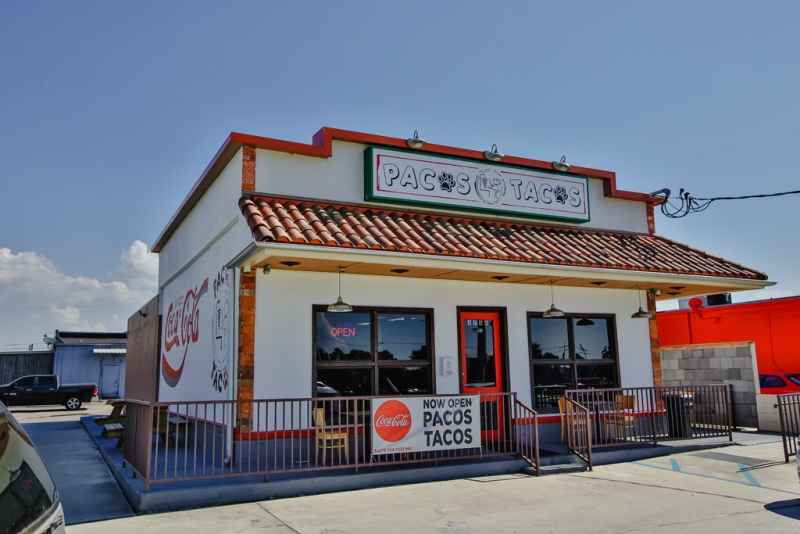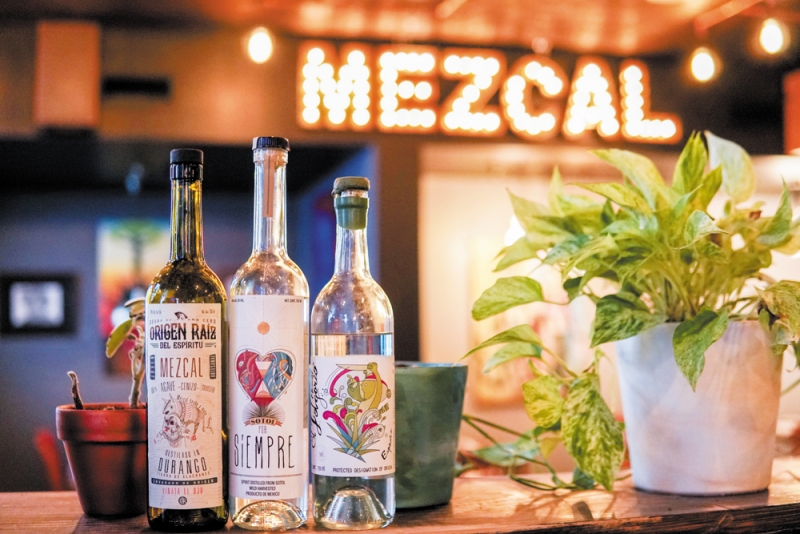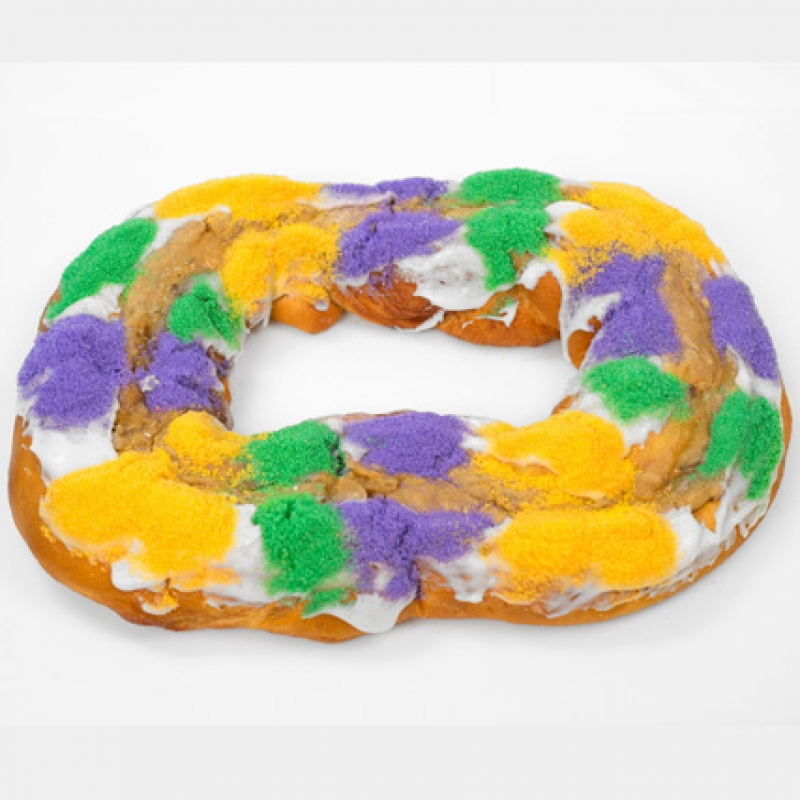- Written by Marcella Escarfuller
- Published in NOLA Food
Chocolate
Chocolate
By Marcella Escarfuller
Click aqui para español- >Chocolate
One thing comes to mind when I think of February 14th – chocolate. It’s undoubtedly one of chocolate’s biggest days of the year. During the week leading up to Valentine’s Day, Americans will purchase over 58 million pounds of chocolate (that’s about $345 million worth!). February also happens to be National Chocolate Month. So, in honor of everyone’s favorite treat, here are some little-known facts about chocolate:
The history of chocolate began in the Americas with the early Mesoamericans. Cacao beans were so valuable to the Aztecs that they were used as currency. The Aztecs also believed that the bean was a gift from the gods that gave men great strength. In fact, the Aztec ruler Moctezuma is said to have consumed a drink made from cacao seeds. He drank pitchers of the bitter drink every day.
The cacao tree was wholly unknown to Europeans until the 16th century, when Christopher Columbus encountered the cacao bean on his fourth mission to the Americas in August 1502. Still, chocolate as we know it today was not invented until the 19th century. Prior to the invention of chocolate, cacao was almost exclusively enjoyed as a beverage.
Not only has chocolate proven to have several health benefits, it’s also a cultural and economic powerhouse. Most of the world’s chocolate is farmed and cultivated by private farmers in Africa and Latin America. Every bar of chocolate you buy helps them thrive, which means you should always feel good about eating chocolate.
Chocolate comes from a fruit tree native to South and Central America and Mexico called Theobroma Cacao, which means “food of the gods” in Latin. It takes four to five years for a cacao tree to produce its first beans. Each tree produces approximately 2500 beans, and it takes 400 cacao beans to produce one pound of solid chocolate. That’s only 6.25 pounds of chocolate per tree!
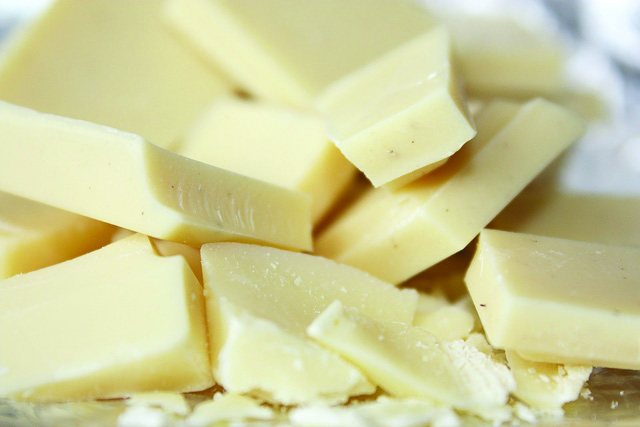
Although the cacao tree is native to Mexico and South and Central America, two-thirds of the world’s chocolate today is produced in Africa’s Ivory Coast.
Chocolate has over 1500 flavor compounds, while red wine has just 200. That makes it one of the most complex chemical mixtures known to man.
White chocolate isn’t really chocolate – it doesn’t contain any cocoa solids, or any of the common properties we associate with regular chocolate. It does, however, contain cocoa butter. But the similarities end there.
Chocolate milk is an effective post-workout recovery drink. That’s because the cacao plant is rich in a compound called theobromine, which is chemically similar to caffeine and produces much of the same effects on the human brain.
Cocoa solids are also rich in flavonoids and phenols, antioxidant substances that reduce cellular and arterial damage.



